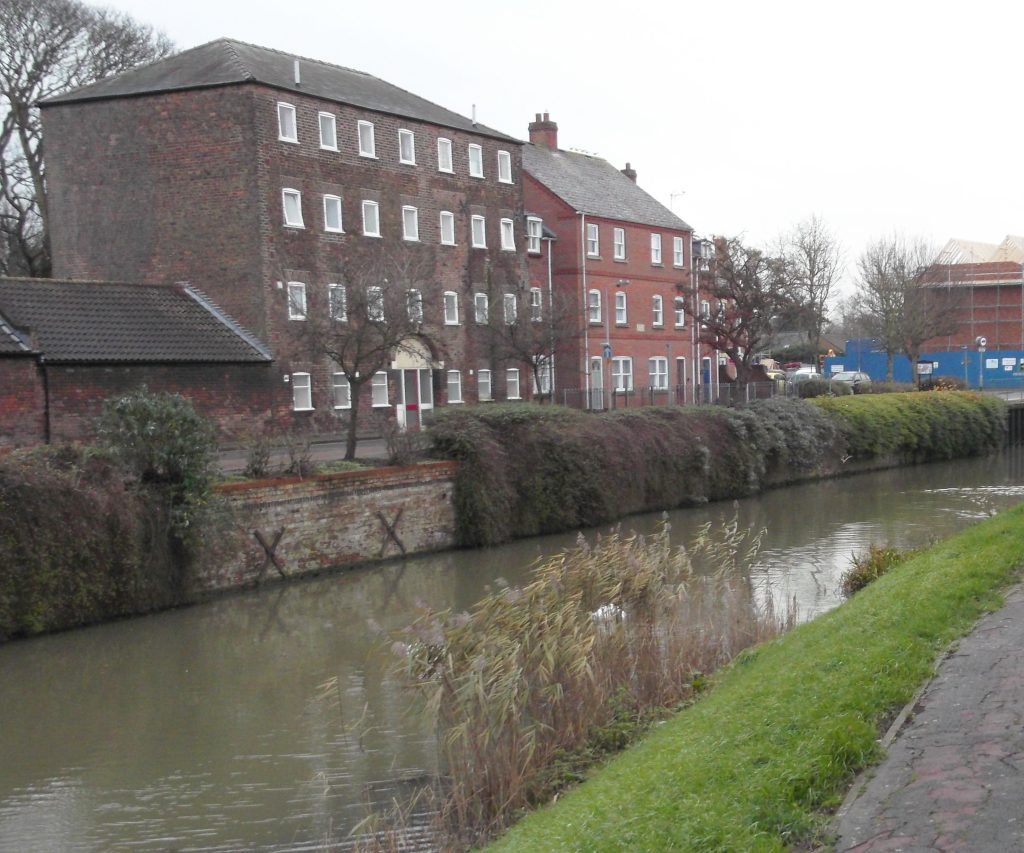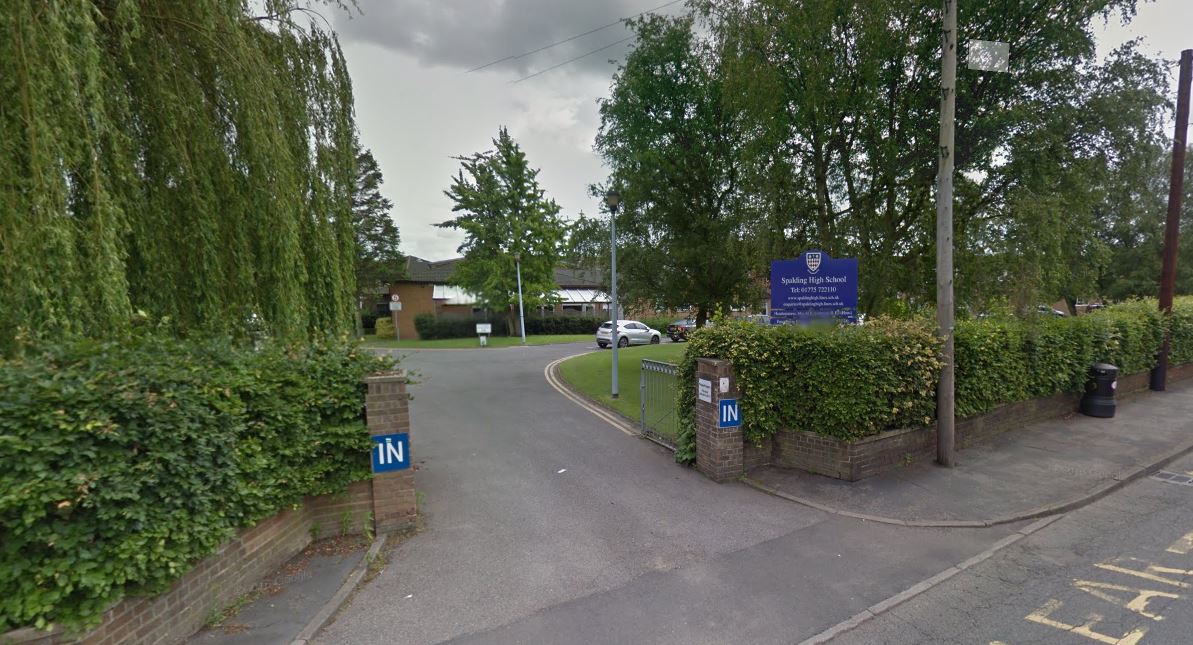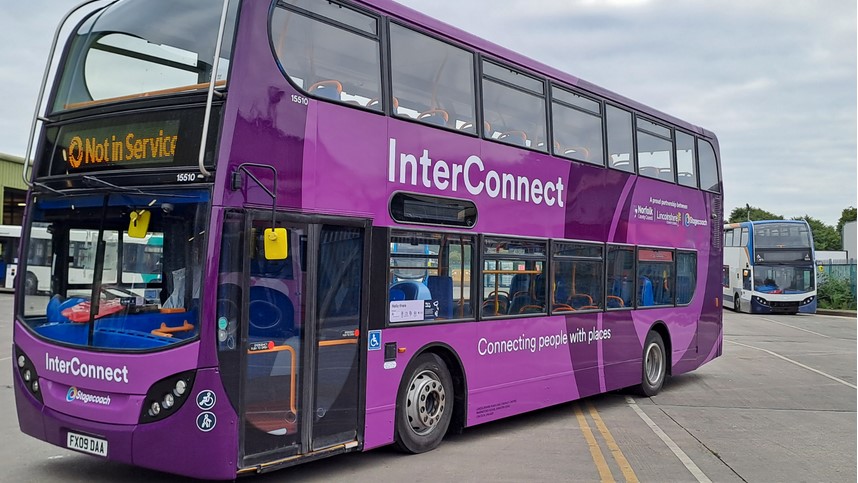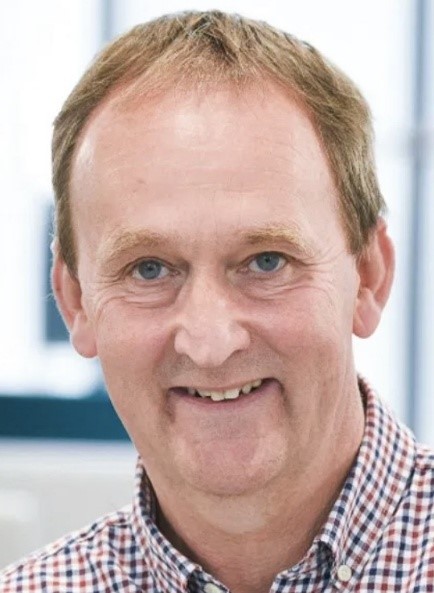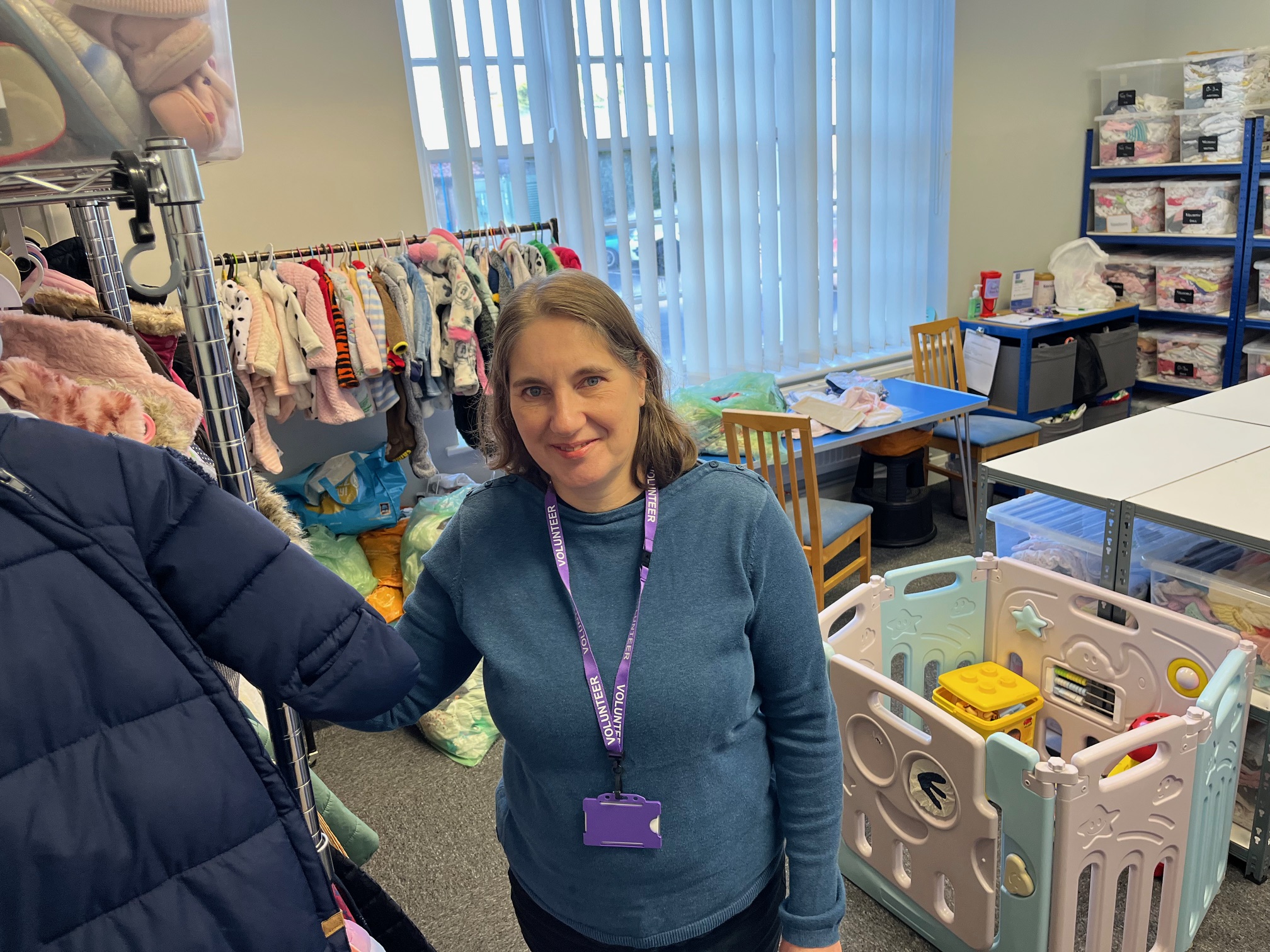The murky levels of sewerage in South Holland’s waterways has become a little clearer but there are calls for more monitoring.
In 2021 there were at least 164 sewerage overflows equating to 1,242 hours of waste spillage in the area into the likes of the River Welland, according to The River’s Trust conservation group.
* A faulty pump has been blamed on Spalding Sewer Treatment Works overflowing effluence into the River Welland 45 times in 2021 for a total of 437 hours.
Anglian Water say the pump was fixed in November.
* The area which saw the most sewer overflows was from Holbeach Water Recycling Centre.
It overflowed 66 times dumping 487 hours worth of discharge into the Holbeach River.
Anglian Water says that was down to the systems being “overloaded” due to the “wettest weather we’ve had in 100 years”.
A spokesman continued: “We are increasing the size of the storm storage tanks at this site which means we can hold more rainwater until it can be treated and returned to the environment, further reducing the likelihood of any spills.
“This scheme is planned to be completed by March 2025.”
* Sewerage overflowed into the River Nene at least 30 times for three hours from the works at Sutton Bridge, though the Rivers Trust claim that less than 90 per cent of data is available due to a “telemetry or data archiving failure/issue”.
Anglian Water says: “We’re currently relooking at the how and where the event duration monitor has been installed on site to ensure the information it is giving is accurate. There was no failure in telemetry.”
* But three of South Holland’s eight monitoring stations aren’t monitored including at Weston, where there’s been previous reports of sewerage overflows, and off Welland Road in Spalding.
* Donington’s Water Recycling Centre sewer overflow spilled over 22 times for a total of 315 hours into the Mill Drain while another spillage was reported in Albion Street.
The Rivers Trust has set up an interactive map called Is My River Fit To Play In?
The website shows where all effluent overflows have been.
It also highlights which industrial and domestic properties are allowed to pump both treated and effluence straight into local water courses.
Jake Coleman, of The River’s Trust, told The Voice that the group is set to start campaigning for better monitoring of what is being put into the rivers.
He said it was particularly unsure of concentration levels further down the longer rivers such as the Welland which runs for over 65 miles.
“We know where there’s outflows are the most concentrated and dangerous areas,” he said. “It can disperse in the water but we need better monitoring to calculate the density in some areas.
“The state of rivers is terrible,” he continued. “Very few are in a good state for their ecology.
“We need a government plan to address this nationally.”
Agnieszka Smith is a Spalding-based open water swimmer and part of the Boston Blue Tits swimming group who regularly swim at Surfleet.
“I try to check the map to avoid the worst areas, but Spalding is so brown on the map it’s difficult to avoid,” she said though points out that rubbish and thick weeds are more of an issue for swimmers. “I’m sure 40 years ago there would have been nothing to worry about.
“I used to live in Switzerland and every river you went in was beautiful and you could see to the bottom.”
A spokesman for Anglian Water said: “Our EDM data is not an indicator of whether it is safe to enter river water.
“There are many potential and hidden dangers to swimming in rivers as well as considerations about water quality from agricultural and urban run off, or bacteria from wild animals, aside from combined sewer overflow activity after heavy rainfall.
“We would always encourage people to contact their local wild swimming group for more specialist advice. The Rivers Trust also have useful contacts on their website at https://www.theriverstrust.org/enjoy-rivers/wild-swimming
“We’re always happy to support river groups and local authorities should they wish to put forward a stretch of river to be accredited as an inland bathing water in their area.
“As part of our Get River Positive commitment, we have already identified more than 20 potential inland bathing water locations across the Anglian Water region, and we will prioritise at least two for early implementation by working with local communities.”

